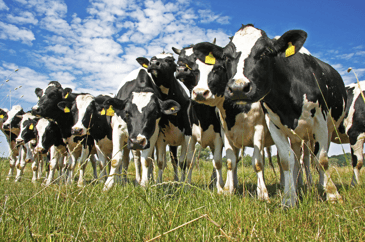Alliance response to BBC Trust Review into...
The Countryside Alliance welcomes Heather Hancock's review of the BBC's rural coverage and applauds...
about this blogRead moreA news report about England’s first official “hedgehogs crossing” road signs this week has highlighted the paradox that roadkill is often a sign that a species is thriving. The fact that the hedgehog is the most reported species seen dead on the road at this time of year does support the tentative findings of other research that there may be the beginnings of a revival in their fortunes.
Habitat loss, fragmentation, and the use of pesticides have greatly impacted hedgehog numbers over recent decades, but when a population begins to recover individuals will inevitably spread out to find new territories, food sources, and mates. For hedgehogs, whose habitats are often crossed by increasingly busy roads, this dispersal can lead to more individuals being killed on the road.
The new hedgehog crossing signs have been erected in Old Malden in South West London which tells one part of the story about the revival of the species. Hedgehogs seem to have taken a liking to suburban living. Ample green spaces in parks and gardens, a good supply of worms, slugs and beetles and lots of options for nesting and hibernation make suburbia an attractive option for Mrs Tiggy
Winkle.
Another part of the good news story about the hedgehog’s recovery is the badger cull which, whilst
it was implemented to control the spread of bovine tuberculosis (bTB) in cattle, seems to have had
positive consequences for the hedgehog population. Badgers and hedgehogs share overlapping
habitats and dietary preferences which can be to the detriment of the hedgehog, but the bigger
issue is probably predation. Badgers are one of the few species with the strength to prise open a
hedgehog that has rolled into a ball for protection and studies by the University of Oxford’s Wildlife
Conservation Research Unit (WildCRU) have shown that there is an inverse relationship between
badger density and hedgehog abundance.
With the reduction in badger numbers due to the cull, hedgehogs have experienced a decrease in predation and competition in many areas which has allowed populations to stabilise and, in some
areas, even increase.
There is published research providing evidence of increased hedgehog populations in areas where
badgers have been culled, increased hedgehog sightings in field surveys carried out in cull zones and
citizen science projects have reported increases in hedgehog activity in areas where badger culling
has taken place. Unfortunately, this often does mean more dead hedgehogs on the road, but as I
pointed out earlier, the increase in hedgehog roadkill on our roads can be seen as an indicator of a
recovering population.
The new government has said that it will allow the current licences to cull badgers for the control of
bTB to continue, but has suggested that it is unlikely to issue more. The growing body of evidence
that managing the badger population has significant benefits above and beyond those that relate to
the bTB will be an increasing area of debate and challenge for policy makers.
The Countryside Alliance welcomes Heather Hancock's review of the BBC's rural coverage and applauds...
about this blogRead more
The stupidity, and in some cases vindictiveness, of councils, universities and other institutions...
about this blogRead moreThe Countryside Alliance has submitted a formal complaint to the BBC over biased coverage on BBC...
about this blogRead more